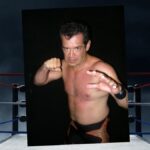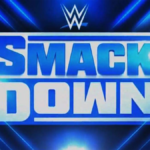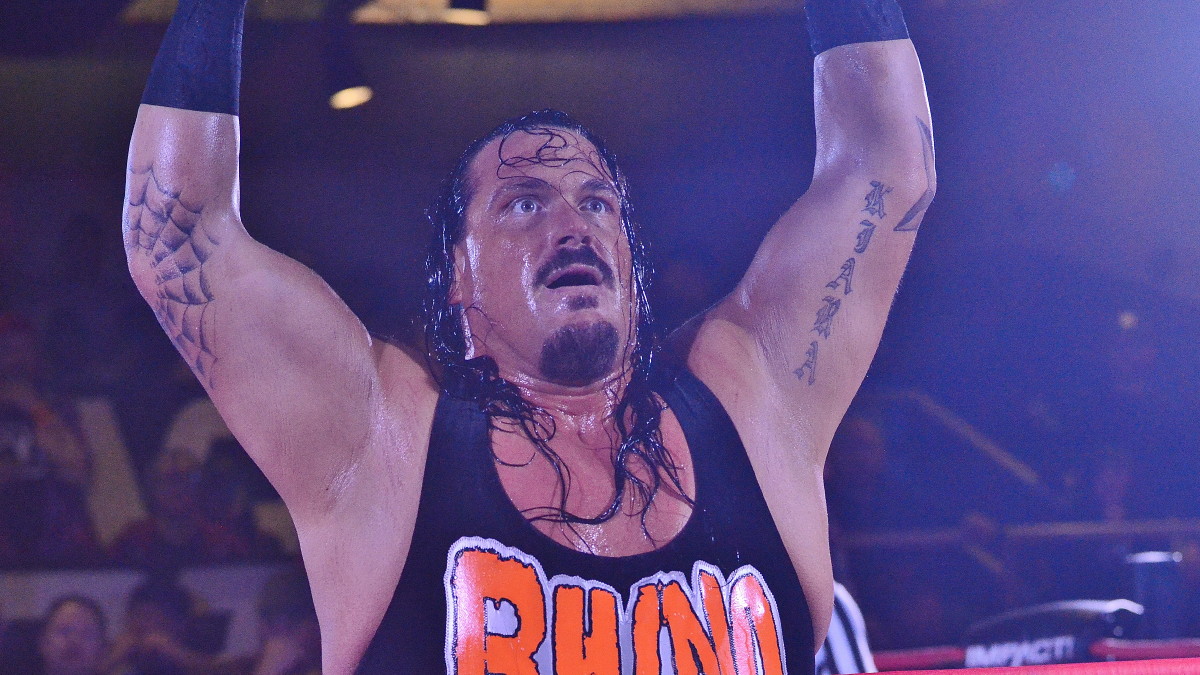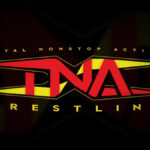A man of many hats, Jonathan Snowden has been a lawyer, soldier, and worked for the Department of Defense. As a member of the ink-stained fraternity, he’s the national writer for BleacherReport.com, wrote Total MMA, and co-authored The MMA Encyclopedia.
He took time out to chat with SLAM! Wrestling from his home in Alabama about his new book Shooters: The Toughest Men in Professional Wrestling.
SLAM! Wrestling: How did you get into mixed martial arts writing? And do you have any actual MMA combat training?
Jonathan Snowden: My interest in MMA was definitely piqued by my experiences with the Army Combatives Program. Learning the science that lurks behind a man’s ability to tie another man in knots certainly made watching world class fighters a lot more interesting. You begin to realize that there is a lot more happening in the cage than you may have thought at first glance.
An interesting thing happened while I was overseas in the military. When I left, the UFC was something you watched on bootleg tapes, sometimes tapes that had been carefully passed down and copied by diehard fans. It wasn’t available on cable and only friends with a satellite dish could order the shows. It was as underground as it gets. When I came back to the States, it was on Spike TV and the whole thing had burst into the mainstream.
I was really interested in how that happened, but there weren’t easy answers. There wasn’t a book I could read or turn to for information, so in a fit of whimsy I wrote a letter to ECW Press proposing a book that would become Total MMA. To my surprise, they took me up on my offer and challenged me to write a sample chapter. It was off to the races from there.
SLAM! Wrestling: How long have you been a pro wrestling fan and how did Shooters come about? What gave you the idea to write this book?
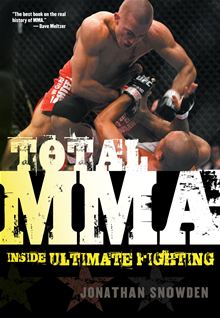
Snowden’s Total MMA.
Snowden: I’m a life-long pro wrestling fan. Growing up in the south, I lived and breathed the National Wrestling Alliance. That’s not what prompted this book, though. Really, it was my discovery of catch-as-catch-can wrestling while writing Total MMA that drove this book forward. I realized there was this culture of grappling right here in America, one that influenced the development of MMA in a major way, that almost no one was talking about. I thought it was important to rescue this martial tradition and bring it back to the forefront.
SLAM! Wrestling: How many years did it take you to research and write the book?
Snowden: The research that went into this book took a lifetime to gather. My part was a couple of years, but I’m heavily indebted to a group of writers and researchers like J Michael Kenyon and Steve Yohe who have devoted so much of their time to keeping wrestling history alive. They were kind enough to share the fruits of some of their labour with me and that helped a lot.
Writing about wrestling is a real challenge, because so much of the sport’s history is obfuscated; it’s more legend than fact. Cutting through the B.S. to the truth is the biggest challenge and makes you become part psychologist, part writer.
SLAM! Wrestling: How difficult was it to locate first-hand sources, and how were they to deal with?
Snowden: I was lucky, because working in MMA, I was already connected to the modern era of catch wrestlers. It wasn’t hard at all to get in touch with Ken Shamrock or Josh Barnett. The pro wrestlers were trickier, because it is such a closed industry, but I was able to infiltrate that world a little bit thanks to a friend in MMA who had one foot in both worlds. Everyone I talked to was very cordial and cooperative, because there is a passion for wrestling that burns in their souls. People, I found, wanted to tell me their stories, in part because no one had ever really asked before.
SLAM! Wrestling: Were you surprised to learn that pro wrestling has always been a work — or at least more work than shoot?
Snowden: Like everyone else, I had gone into the project with the idea that I would find some line in the sand, a moment when promoters decided all at once to make wrestling a show. Finding out that wrestling has always been a sport lurking in the shadows actually made it a lot more interesting to me.
SLAM! Wrestling: How difficult was it to leave out certain people for profiles, like Scott Steiner and Stu Hart?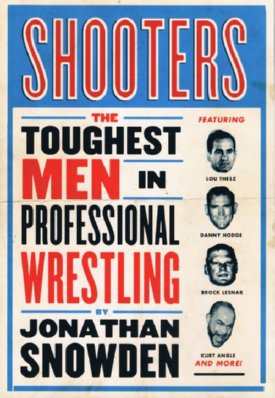
Snowden: There was a lot of content that I would have liked to include that had to be cut. In truth, I far exceeded the word count I initially agreed to and ECW Press was very patient with my constant additions. I think there are enough great wrestling stories to warrant a sequel, and if it happens, Scott Steiner and Stu Hart are two of the guys that will be included for sure.
SLAM! Wrestling: It’s kind of ironic to see that MMA has its roots in pro wrestling given UFC has stolen away so many traditional wrestling fans. Do the Gracies owe a lot to the business, particularly the Japanese wrestlers?
Snowden: Pro wrestling and MMA are joined at the hip. And while that might be uncomfortable at times for promoters, it’s a fact that won’t ever go away.
As for the Gracies, they certainly owe a tremendous debt to the Japanese. Their system of grappling is a direct descendent of the judo they learned from Mitsuyo Maeda, who just happened to be a barnstorming pro wrestler.
SLAM! Wrestling: Say MMA exists in the golden age of shooters. Do the Farmer Burnses, Hackenschmidts, and Strangler Lewises of the day choose legit grappling over pro wrestling? Would they have just turned it into a work anyway because of gambling? If they were alive today, how do you think they’d measure up to today’s UFC fighters?
Snowden: It’s interesting to consider what those guys might have done. Gene LeBell told me he didn’t think he’d have been an MMA fighter. He just wasn’t comfortable getting punched in the face for a living. It’s important to remember that while catch wrestling would have been a great base for MMA, it’s not the same thing at all. Catch wrestling was a sport that was built to secure a pinfall. Submissions existed, but the huge, vast majority of matches ended with a pin. The strategies and techniques were a little different than the ones we see in today’s MMA, because the end goal was different.
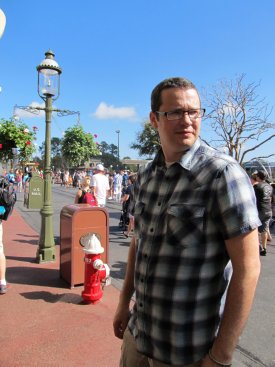
Jonathan Snowden.
I think some of the wrestlers of yore would have been great fighters, while others would have been uncomfortable with the carnage, or unable to take a punch, or just not interested. It would have been the same kind of divide we see today with top amateurs, some of whom have no interest in fighting despite their strong wrestling backgrounds.
SLAM! Wrestling: How does the business in America compare with Japan?
Snowden: There was definitely a huge divide in the wrestling business. The Japanese always stuck closer to traditional wrestling. They didn’t see an influx of cartoon characters and over the top spectacle until very recently. “Shooting” became part of the culture, in part because they continued to promote wrestling as real sport. It was important to the wrestlers to be considered legitimately tough guys and they made sure they were.
Karl Gotch and Billy Robinson were huge in developing the culture in Japan. They were top trainers and they stressed real wrestling and real wrestling technique. It was their students who really took wrestling in that country to new places and focused so intently on legitimacy. It was a really interesting time in history, almost like being transported back in time 60 years.
SLAM! Wrestling: Where do things stand now?
Snowden: Today, there is an avenue for shooters that hasn’t really existed before. If someone wants to test their mettle, they can go into MMA. So for the most part, people interested in that path aren’t really trying pro wrestling at all.
We have seen WWE dipping back into the amateur ranks for their talent and I think that’s a great thing. There have been a lot of great wrestlers with that background, so it’s a good pedigree, a good block to check on your resume.


